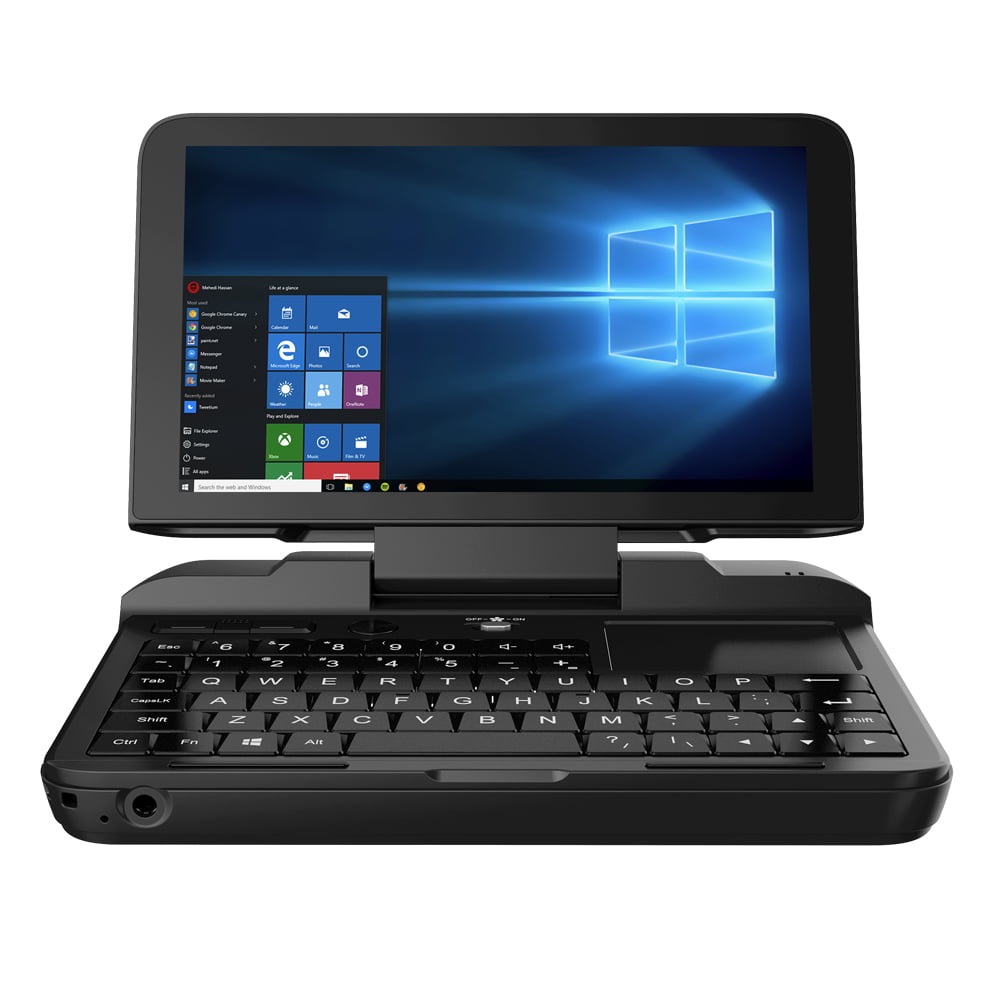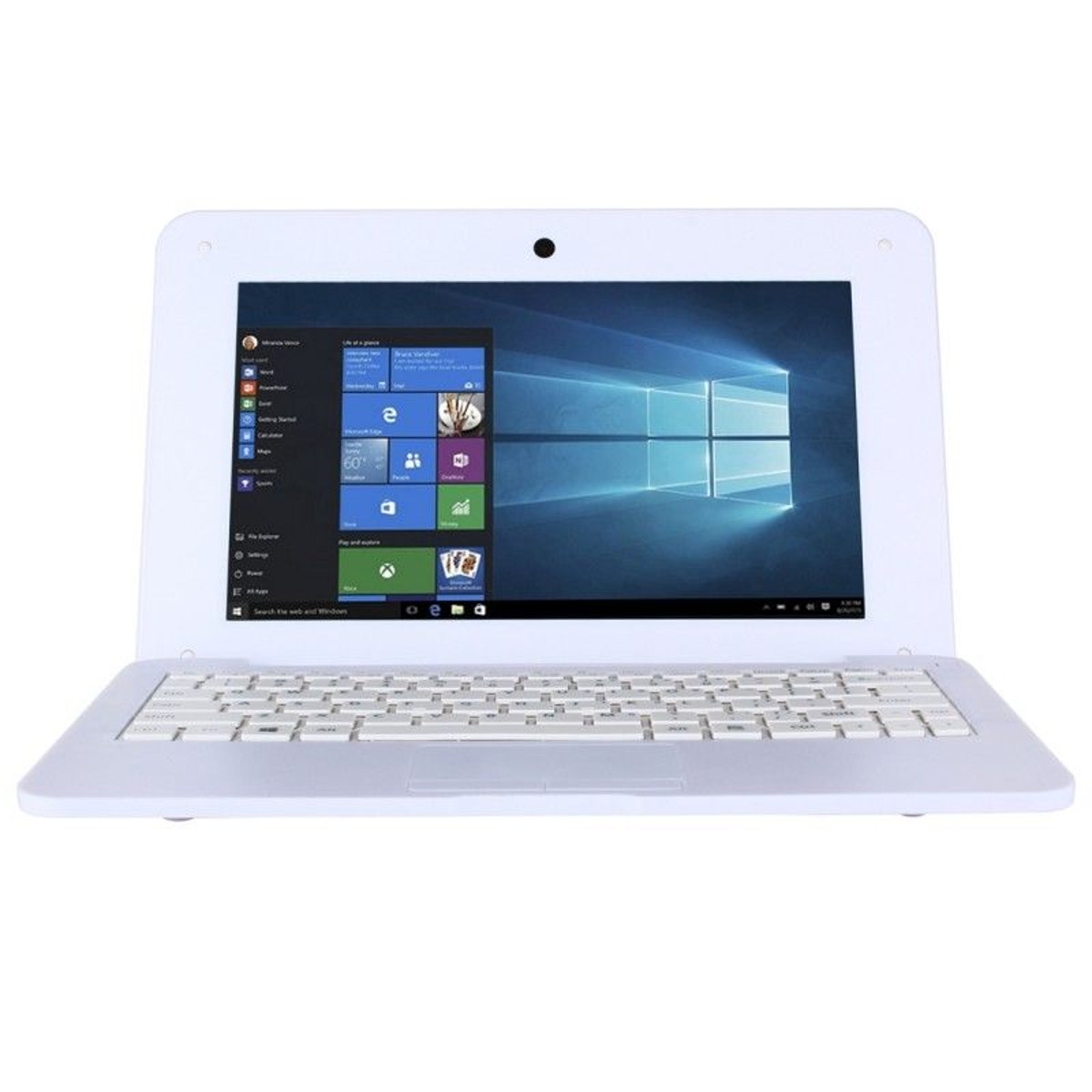


Overall, the 2020 version of the Mac mini with its M1 CPU is still impressive and offers a portable option to take your computing anywhere without sacrificing your favorite Apple OS and software ecosystem. Today's range of Mini PCs are a great alternative to bulky full-size desktops and all-in-one systems for all kinds of uses: from administrative workers doing data entry, to customer service specialists and call center offices, to creative professionals and students learning at home. You can also completely conceal them behind your monitor if they come with VESA mounting holes. Some Mini PCs are designed to lay flat under a desk while others have a unique vertical design that allows them to be placed on top of your desk next to your monitor and within arm's reach. There is a lot of variety when it comes to Mini PCs: various sizes are available and they are designed for various use cases.

Yet even Mini-ITX is getting old by today’s standards and you can get ready-made Mini PCs that fit in your pocket or the palm of your hand. Tasks that some years ago required a bulky tower can be achieved today with a Mini-ITX standard PC case that is one third to a quarter in size of the beige boxes of the past. If there is one constant rule in electronics is that everything is shrinking, all the time and PCs are no exception. Despite their small size, mini PCs are as functional and compatible with software as traditional PCs. Mini PCs (also referred to as thin clients) can be integrated with your choice of monitors (usually one at the low end, but up to four in some devices) and peripherals such as a webcam (opens in new tab), At the same, Mini PCs can stay hidden out of sight, either under the desk (opens in new tab) or behind a monitor.


 0 kommentar(er)
0 kommentar(er)
